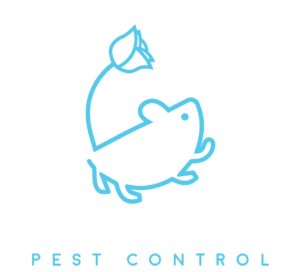When homeowners think about pest problems, the mind often jumps to ants, termites, or rodents. Yet lurking in quiet, dark corners, silverfish pose a unique and persistent challenge. Recognizing how to manage these elusive insects is key to maintaining a healthy, undamaged home environment.
Understanding the Silverfish Problem
Silverfish (Lepisma saccharinum) are small, wingless insects named for their silvery-gray color and swift, fish-like movements. While not directly harmful to humans, their presence often signals larger underlying issues related to moisture and insulation. Over time, silverfish can damage valuable items, feeding on paper, book bindings, wallpaper glue, fabrics, and even pantry goods.
Their survival instincts — favoring humid, hidden spaces — make silverfish difficult to detect until the signs of damage appear.
Why Silverfish Are Hard to Eliminate
Unlike pests that congregate around obvious food sources, silverfish thrive in hidden, inaccessible spaces: under baseboards, behind wallpaper, inside closets, and attics. Their nocturnal habits and rapid movement allow them to avoid detection for long periods. Moreover, silverfish reproduce slowly but steadily, with each female capable of laying dozens of eggs in secluded crevices, ensuring a continual presence if left unchecked.
Conditions That Encourage Silverfish
Silverfish are attracted to environments with:
- High humidity (typically above 75%)
- Dark, undisturbed spaces
- Abundant food sources like starches, sugars, and cellulose
Common areas of infestation include bathrooms, basements, kitchens, laundry rooms, and garages.
Strategies for Silverfish Control
- Moisture Reduction:
Since silverfish depend on humidity, controlling indoor moisture is critical. Using dehumidifiers, fixing leaks promptly, and ensuring proper ventilation in bathrooms and kitchens can make your home far less inviting. - Clutter Management:
Reducing clutter — particularly stacks of paper, old books, and cardboard boxes — removes both food sources and hiding spots. Regular cleaning and organized storage solutions help limit silverfish habitats. - Physical Barriers and Maintenance:
Sealing cracks, gaps, and crevices around doors, windows, and baseboards can prevent silverfish from accessing new areas of your home. - Targeted Treatments:
While traps and diatomaceous earth can assist with small infestations, widespread or persistent problems often require the strategic use of professional-grade products. Treatments applied in hidden harborage zones, formulated to be long-lasting and non-repellent, ensure that silverfish are exposed and eradicated over time.
When to Seek Professional Help
While diligent home maintenance plays a crucial role, silverfish infestations can become deeply rooted. When efforts to reduce moisture, food sources, and hiding places don’t resolve the issue, consulting a licensed pest management professional ensures a more thorough assessment and treatment plan.
Professionals can identify hidden infestation points, apply scientifically backed treatments, and help homeowners develop long-term strategies for prevention.
Cities in Which We Control Silverfish
We offer Silverfish control in: Alhambra, Altadena, Arcadia, Eagle Rock, El Sereno, Glendale, Highland Park, La Canada, La Crescenta, Montrose, Mt Washington, Pasadena, San Gabriel, San Marino, Sierra Madre, South Pasadena, Temple City.
Conclusion: A Proactive Approach to Home Health
Silverfish are not merely an unsightly nuisance; they are a sign of environmental conditions that may also invite other, more damaging pests. By understanding their habits, making smart home adjustments, and seeking expert guidance when necessary, homeowners can protect both the integrity and comfort of their living spaces for years to come. Read more about Silverfish here.
If you decide you need help controlling Silverfish, please give us at Pasadena Pest Control a call or a text at 626.737.7173. You may also complete our contact form directly for the fastest path forward.

